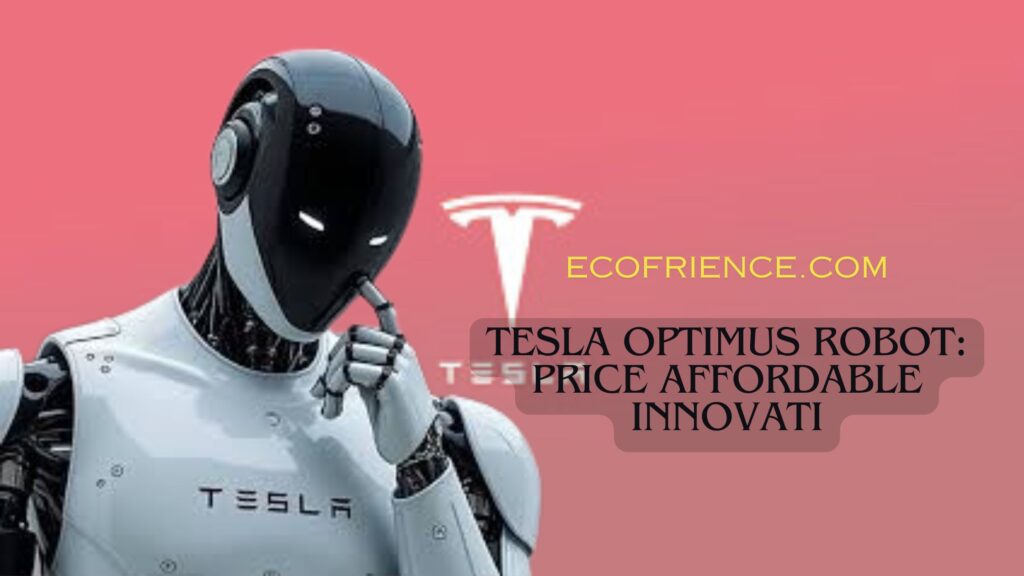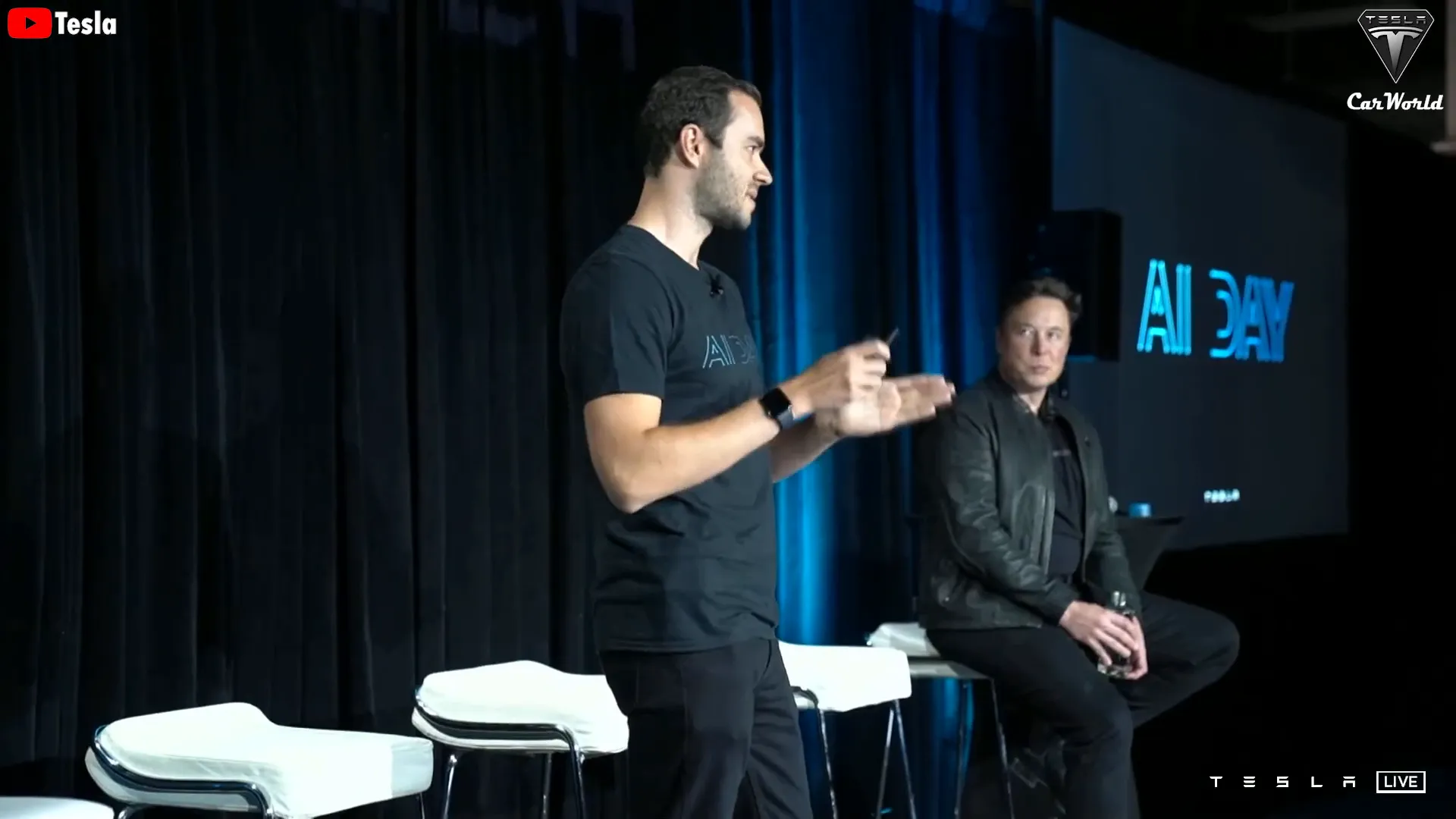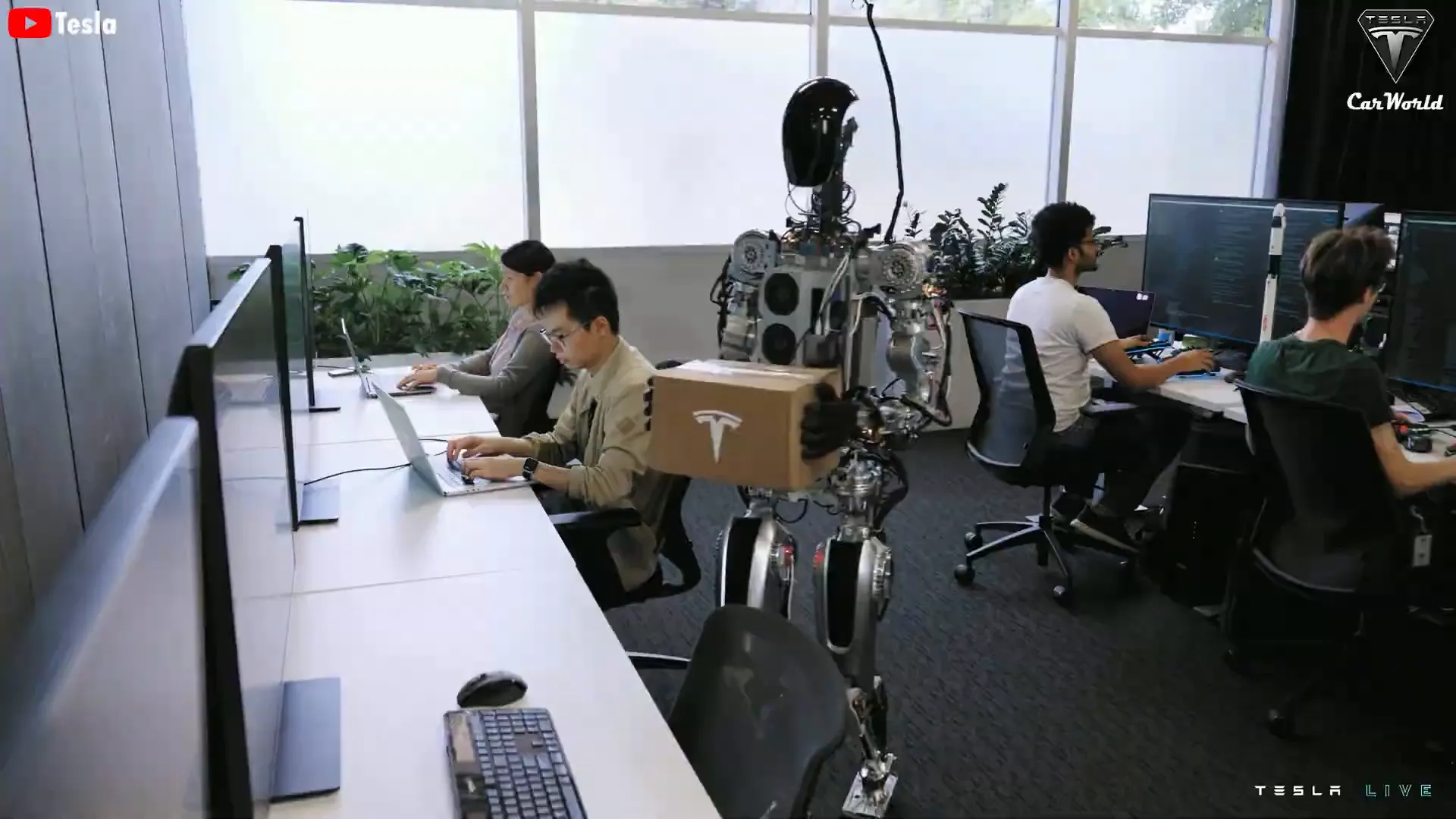
Table of Contents
Tesla Optimus Robot Features
Physical Specifications
- Height: Approximately 5 ft 8 in (173 cm).
- Weight: Around 160 lbs (73 kg).
- Carrying Capacity: Can lift up to 45 lbs (20 kg) and deadlift 150 lbs (68 kg) under ideal conditions.
- Speed: Maximum walking speed of 8 km/h (5 mph).
- Actuators: Contains approximately 40 electromechanical actuators, enabling complex movements.
Mobility and Dexterity
- Walking and Balancing: Capable of walking on two legs, squatting, and balancing on one leg.
- Manipulation: Equipped with hands that have multiple degrees of freedom, allowing it to perform tasks like picking up and sorting objects based on color.
- Self-calibration: Can adjust its limbs and body position autonomously.
AI and Interaction
- AI System: Utilizes Tesla’s advanced AI technology, similar to that used in its vehicles, for navigation and task execution. This includes deep learning and computer vision capabilities.
- Natural Language Processing: Designed to understand and follow verbal instructions, enabling interaction with humans in a more intuitive manner.
- Interactive Display: Features a screen on its face for communication and information display.
Sensors and Navigation
- Vision Sensors: Equipped with multiple cameras for image recognition and environmental navigation.
- Audio Sensors: Microphones for detecting sounds and responding to voice commands.
- Movement Sensors: Gyroscopes and accelerometers for precise control over its movements.
- Touch-force Sensors: Allow the robot to gauge physical interactions with objects.
Tesla Optimus robot release date
The Tesla Optimus robot is expected to enter limited production in 2025, with plans for commercial availability for other companies by 2026. Elon Musk has indicated that the next version, known as Optimus Gen 3, will be available for pre-orders in December 2024.
How much does the Tesla Optimus robot cost
Elon Musk recently announced that Tesla can produce the Optimus robot for just $10,000, planning to sell tesla optimus robot price for $20,000 to $30,0000. This pricing strategy could potentially generate massive profits, with Musk projecting billions of Optimus units sold, leading to a staggering $25 trillion company valuation.

Building a humanoid robot is significantly more complex than manufacturing a Model Y. Musk emphasizes that Optimus will be priced at half that of an electric vehicle.
How can Tesla achieve such affordability?
Despite the excitement, there remains skepticism about the widespread acceptance of robots. Many consumers are hesitant to invest in a product that may not deliver practical benefits. Unlike Boston Dynamics’ Atlas, which has proven its capabilities in agility and complex tasks, Optimus is still in the development phase.
Atlas, priced at around $150,000, is considered inaccessible for most consumers. In contrast, Elon Musk Optimus robot breaks this barrier with a projected price under $30,000, making it a standout in the market.
How Does Tesla Plan to Keep Costs Low?
Elon Musk has mentioned that nearly all of Optimus robot Tesla’s components will be sourced internally, allowing Tesla to leverage its existing manufacturing capabilities. This approach helps in cutting costs and streamlining production.
With expertise in electric vehicle production and a robust supply chain, Tesla is poised to implement efficiencies that may not be possible for other manufacturers. Musk believes that the knowledge gained from developing self-driving technology will directly benefit the Optimus project.

According to Musk, the key to affordability lies in Tesla’s ability to scale production rapidly, utilizing existing factories and technology. This positions them favorably against competitors who may not have the same infrastructure.
Economic Impact and Job Replacement Concerns
While the potential for robots to replace human workers raises concerns about job security, it also presents opportunities for significant cost savings in manufacturing. Analysts estimate that replacing a portion of human workers with Optimus could lead to substantial annual savings for companies.

For instance, if Tesla replaces 10% of its workforce with robots, it could save approximately $141 million annually. As the technology progresses, the economic advantages of automation may outweigh the drawbacks.
Challenges and Future Prospects
Despite the ambitious goals, creating a humanoid robot like Optimus is fraught with challenges. Musk acknowledges that the technology still needs significant development, especially regarding the robot’s hands.
The hands are crucial for performing complex tasks and require advanced engineering to mimic human functionality. Tesla’s approach to placing motors in the forearms instead of the hands has proven more effective, but further improvements are necessary.

As Tesla ramps up production, it plans to offer both rental and purchase options for Optimus, aiming to integrate the robots into various industries facing labor shortages. However, the timeline for widespread adoption remains uncertain.
Conclusion: Is Optimus the Future of Robotics?
Elon Musk’s vision for the Optimus robot is undoubtedly ambitious. With a focus on affordability and practicality, Tesla aims to revolutionize the robotics industry. However, skepticism remains regarding the feasibility of these claims and the long-term impact on employment.
When will Optimus be available for purchase?
While Tesla aims to produce Optimus robots for commercial use by 2026, specific timelines may vary.
What tasks can Optimus perform?
Optimus is designed to handle various jobs, including household chores, industrial tasks, and caregiving.
How much will Optimus cost?
The projected selling price for Optimus is around $20,000, with production costs estimated at $10,000.
Will Optimus replace human jobs?
While there are concerns about job displacement, the introduction of Optimus could also create new opportunities in automation and technology
